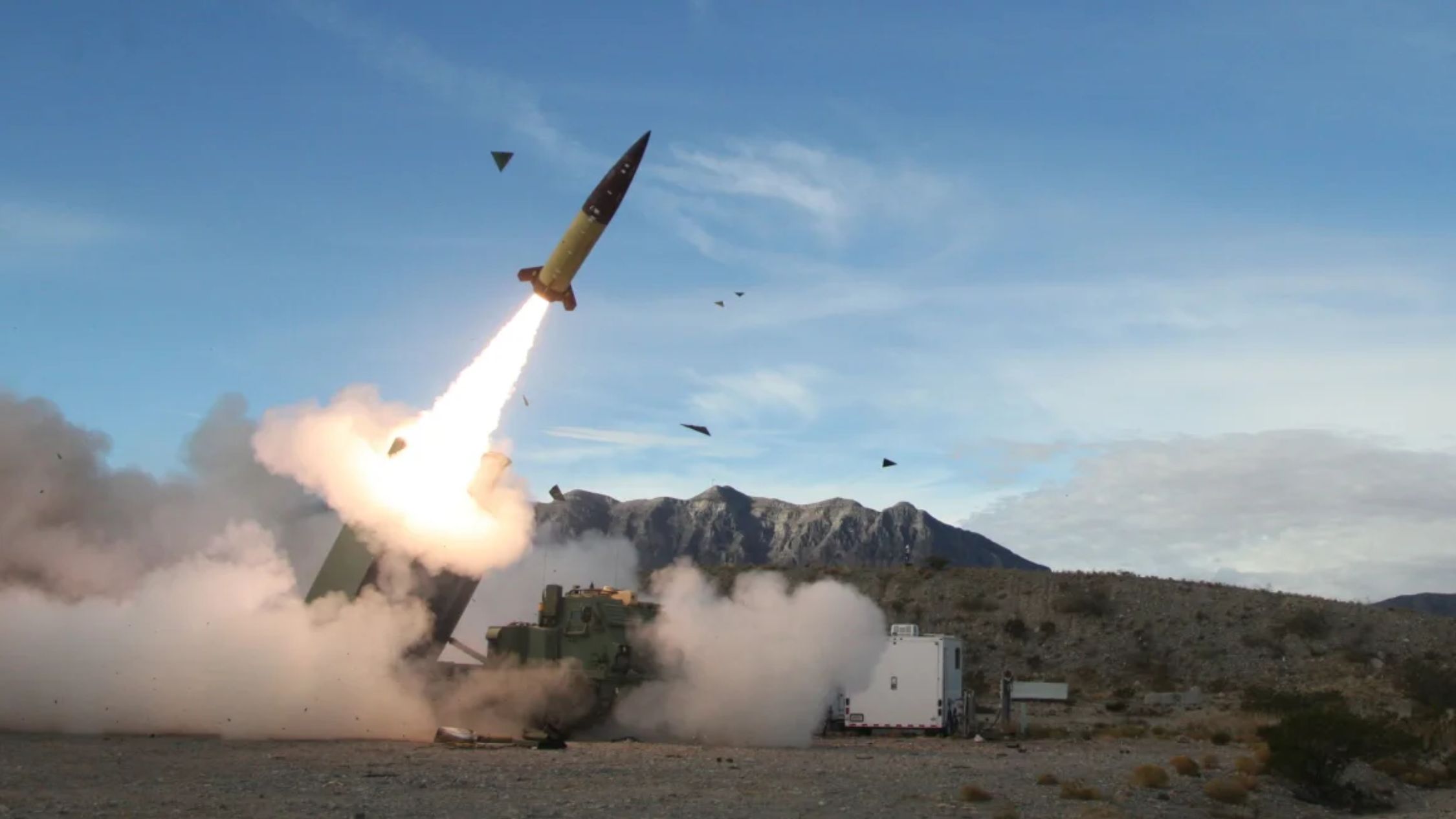According to preliminary data from the National Oceanic and Atmospheric Administration (NOAA), the The average surface temperature of the ocean has been 21.1°C since the beginning of Aprilsurpassing the previous maximum of 21°C set in 2016.
This record is alarming to experts as they worry about the potential negative effects that could result from increased global warming, rising sea levels or even endangering marine life.
Terrible energy imbalance of the Earth
For its part, last week it published a study titled “Heat Stored in the Earth System 1960-2020: Where Does the Energy Go?” Shows that the The energy imbalance on Earth has increased in the past 14 years at the same rate recorded in the last 45 years.
This imbalance, the difference between the amount of energy from the sun that reaches Earth and the amount that returns to space, serves as a metric for assessing how the world is responding to the task of controlling climate change.
The study highlights that most The energy accumulated from the land entered the ocean, by 89%, The remaining global heat was transferred to Earth by 6%; for ice by 4%; 1% have already entered the atmosphere.
The study is published in Earth Systems Science Data, a leading open-access journal of Copernicus publications.
Karina von Schekmann, lead author of the study, notes that the reason for such a rapid and significant change has not yet been determined.
El Niño and La Niña as a possible explanation
Mike McFadden, a research scientist at Kinda, told the paper guardian what’s in La Niña phenomenon has been recorded in the past years For a long time, it was characterized by cooling in the tropics and central Pacific that suppressed surface temperatures despite an increase in atmospheric greenhouse gases.
However, this phenomenon which gives a cooling effect to global temperatures seems to be coming to an end.
Experts predict that the El Niño phenomenon may increase hurricane activity in the Pacific Ocean
During El Niño periods, ocean temperatures in those regions are warmer than normal and global temperatures rise. According to NOAA data, the second The highest average ocean temperatures globally coincided with El Niño which ran from 2014 to 2016.
However, Alex Sen Gupta, associate professor at the University of New South Wales’ Climate Change Research Centre, said satellites showed that on the surface of the ocean, Temperature increases have been “almost linear” since the 1980s.
“What’s surprising is that the last three years have been very warm, even though we had La Niña. But now it’s even hotter and we’re getting what look like record temperatures.” guardian.
Reducing pollution can also make an impact
Other scholars have been cited by the site BBC They are also examining whether the Reducing pollution in shipping was also a factor To raise the temperature of the oceans after the implementation of regulations in 2020 to reduce the sulfur content of fuel used by ships.
By reducing the number of aerosol particles emitted into the atmosphere, it also stopped helping reflect heat back into space, something that may have caused the oceans to heat up.
1/13
Video: “It could be something catastrophic” The United Nations warns of the disappearance of glaciers in Yosemite in the United States and Africa by 2050.
2/13
credit: Walter Diaz/AFP via Getty Images
3/13
credit: Csondy / Getty Images
Click here to continue the exhibition
4/13
credit: MLADEN ANTONOV/AFP via Getty Images
5/13
credit: Pierre Tissot/AFP via Getty Images
6/13
credit: Premiges / Getty Images
Click here to continue the exhibition
7/13
credit: Rafael_Wiedenmeier/Getty Images/iStockphoto
8/13
credit: Polecki/Getty Images/iStockphoto
9/13
credit: kovgabor79/Getty Images/iStockphoto
Click here to continue the exhibition
10/13
credit: Que Aquista/Getty Images/iStockphoto
Eleven/13
credit: Shunyu Fan/Getty Images/iStockphoto
12/13
credit: rudi_suardi/Getty Images/iStockphoto
Click here to continue the exhibition
13/13
Tremors recently recorded at the summit of Mauna Loa, Hawaii, alerted experts and authorities and had residents prepare for a possible eruption. Catch up on the latest news on Univision.

“Music buff. Social media lover. Web specialist. Analyst. Organizer. Travel trailblazer.”




:quality(85)/cloudfront-us-east-1.images.arcpublishing.com/infobae/3RZB6AQC4RM2JOONSJJF2CYUGQ.jpg)
:max_bytes(150000):strip_icc()/CatherineZetaJoneshijavestidosuyo1999-d12480c05c984b57bea0187832817516.jpg)
More Stories
The deadline imposed by the regime to amend presidential nominations in Venezuela has expired
Chavismo wants to show that it can maintain power no matter the circumstances
Nicolas Maduro announced the return of the United Nations mission that he expelled to Venezuela